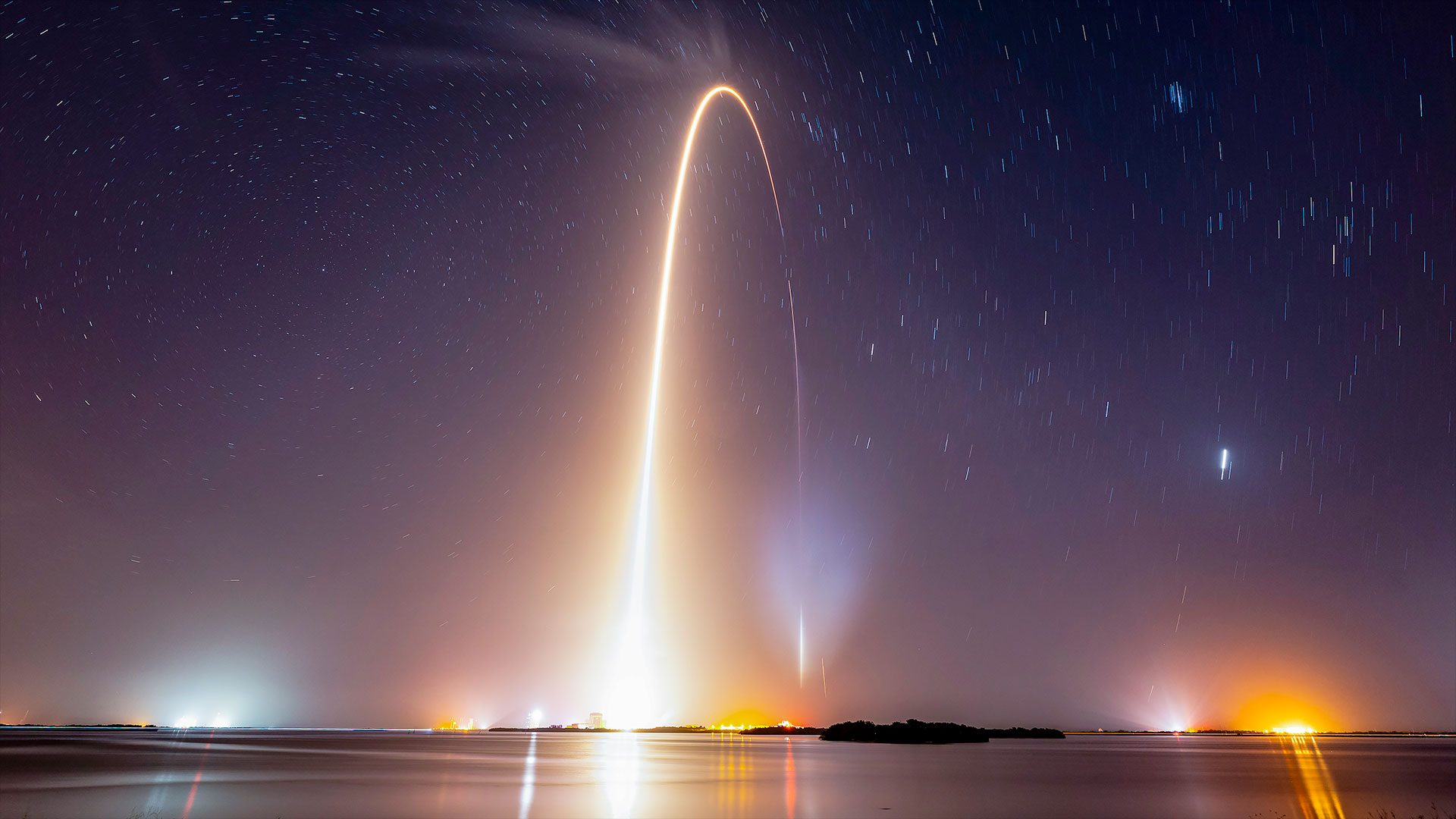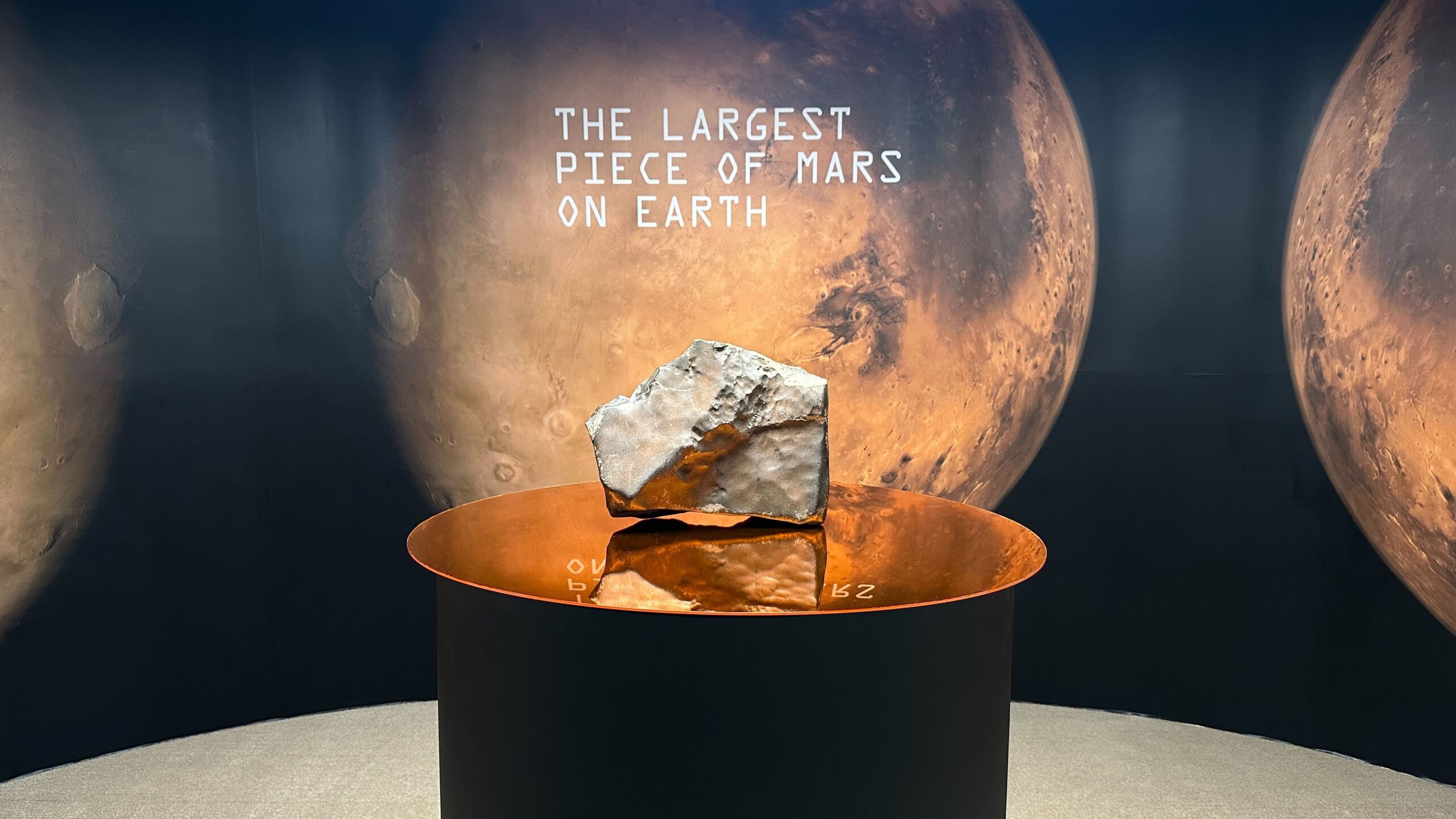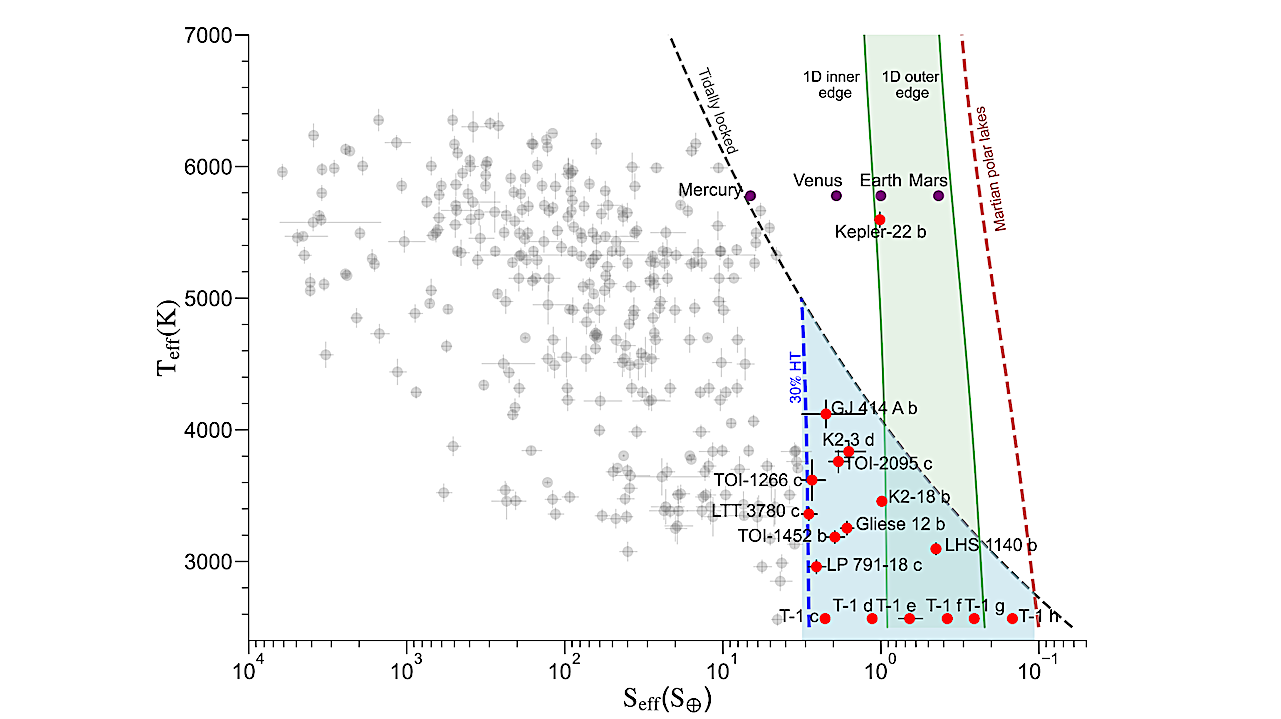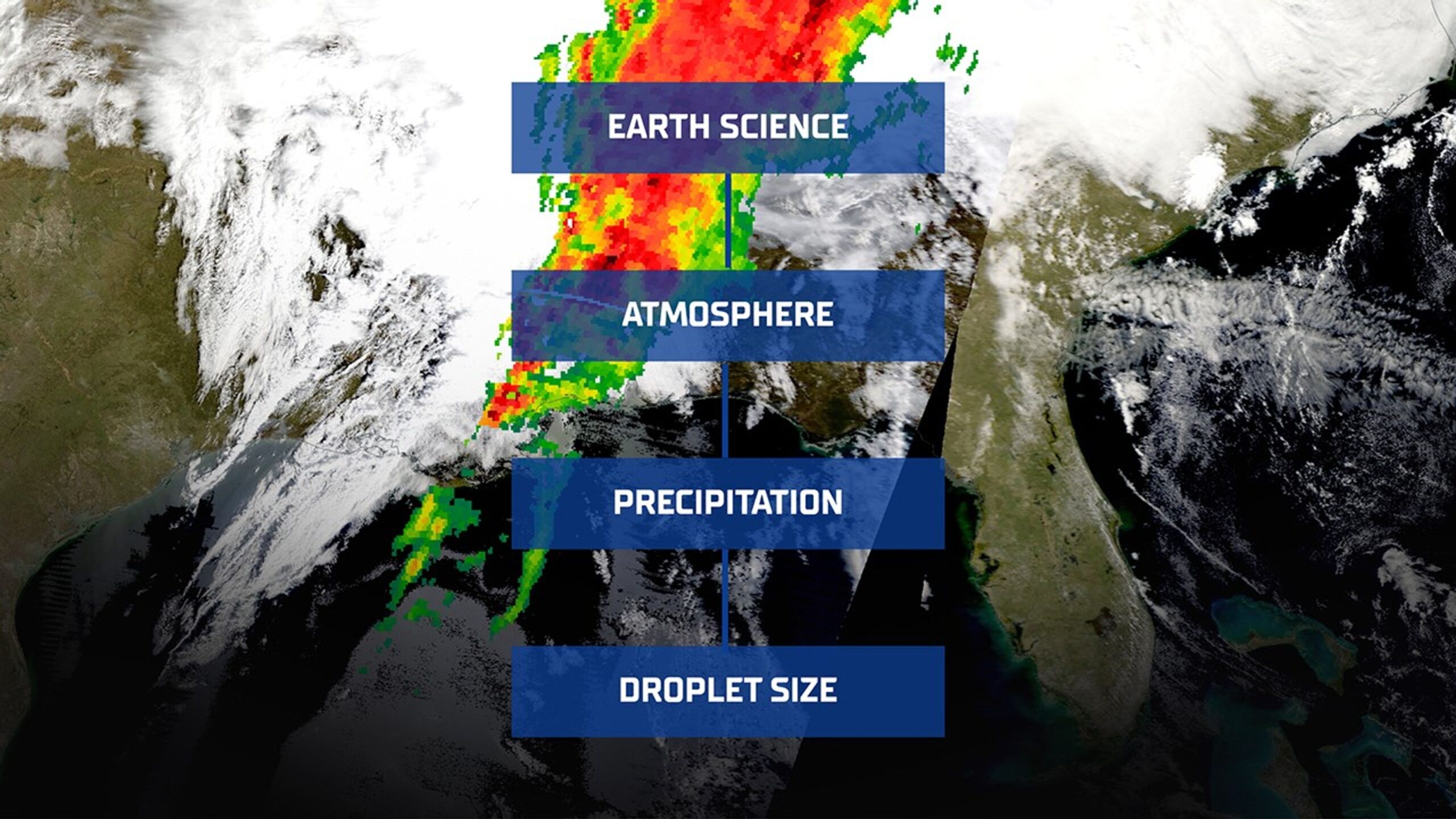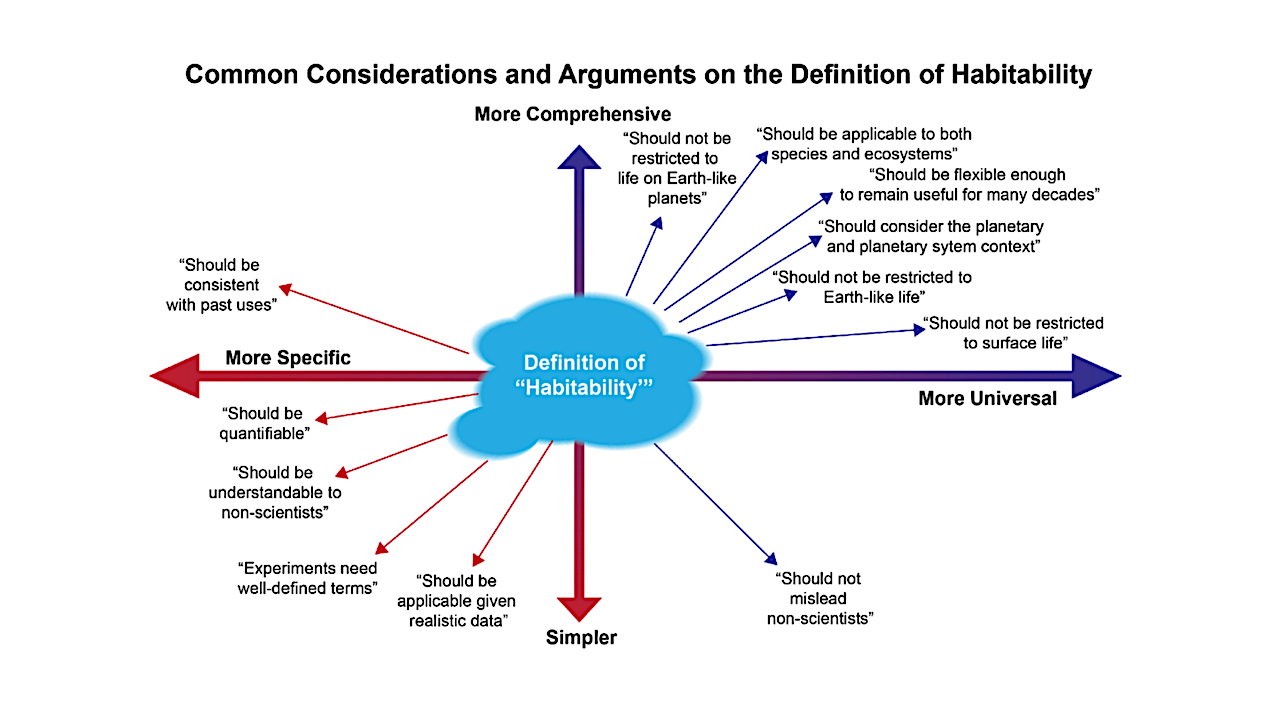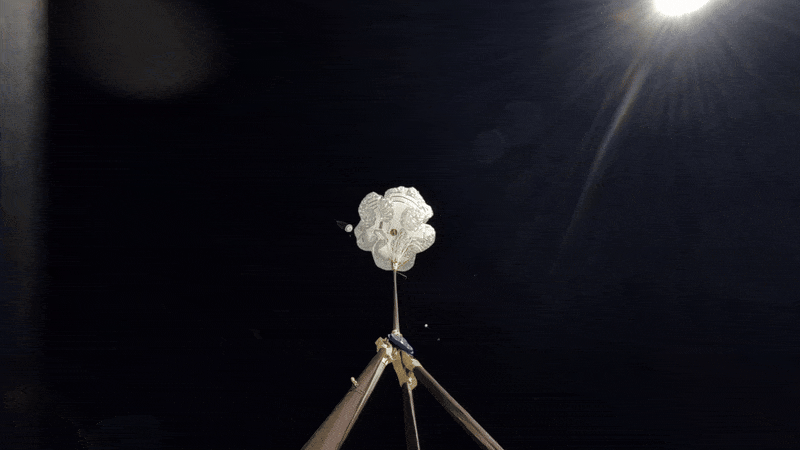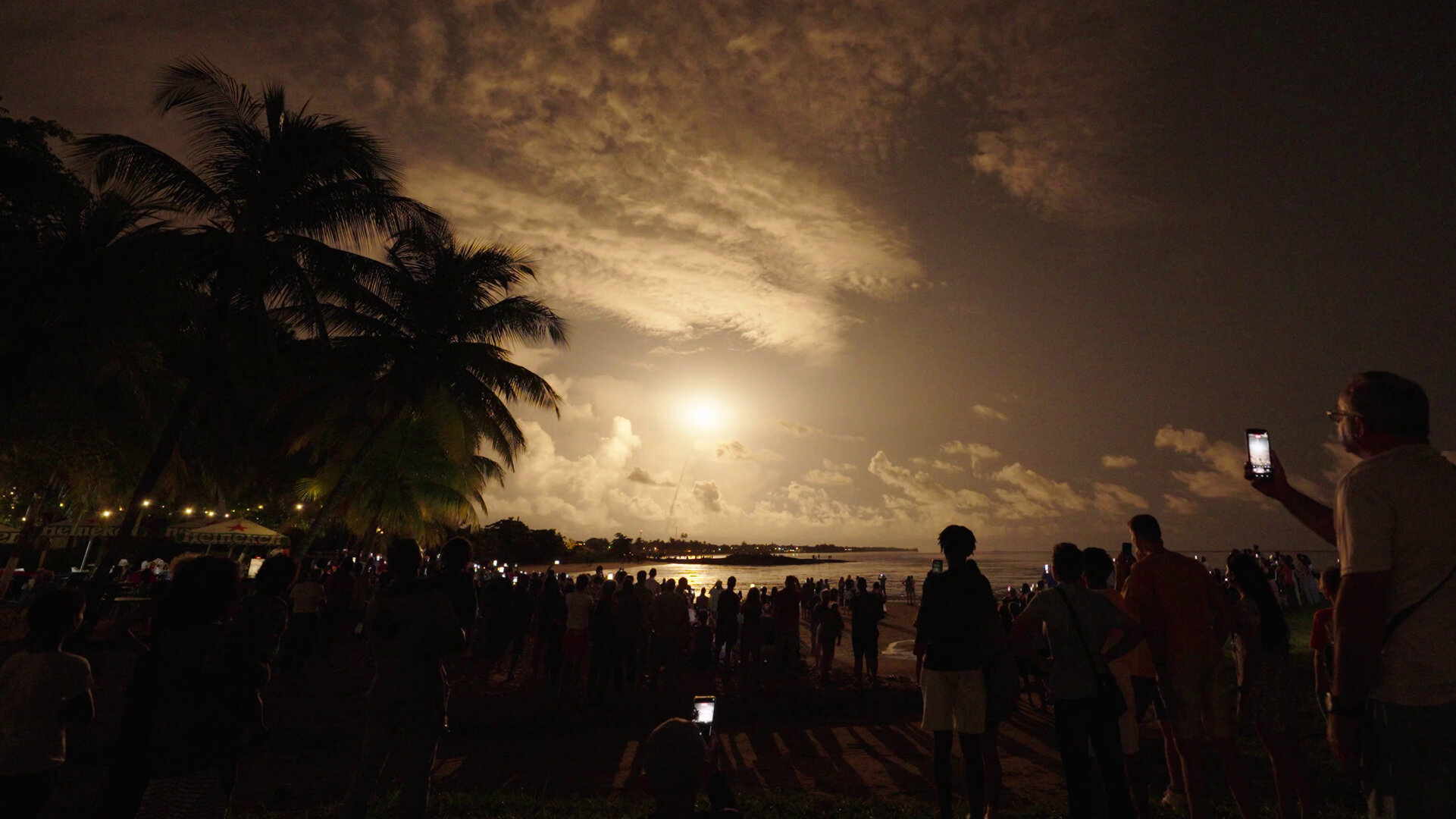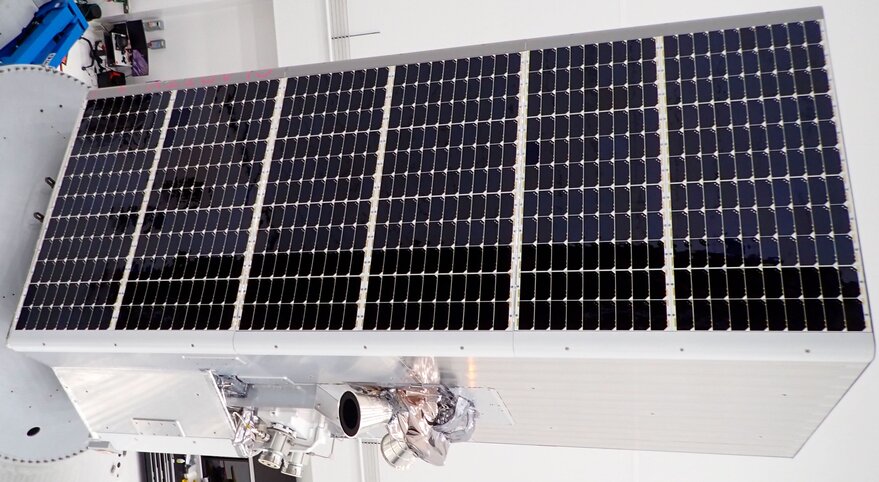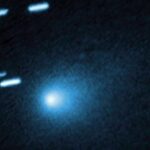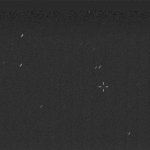3 min read Preparations for Next Moonwalk Simulations Underway (and Underwater) El piloto de pruebas de la NASA Nils Larson inspecciona el avión de investigación F-15D de la agencia en
Hot Posts403- Page
A new group of Starlink satellites are circling the Earth after an early Saturday morning (July 26) launch from Florida. A SpaceX Falcon 9 rocket lifted off at 5:01 a.m.
When the news started to spread on July 1, 2025, about a new object that was spotted from outside our solar system, only the third of its kind ever known,
On Wednesday (July 16), the largest Mars meteorite on Earth was auctioned off at Sotheby’s in New York City for $4.3 million. The jagged, 54-pound (25-kilogram) chunk of the Red
Distribution of 339 planets in the stellar effective flux (𝑆eff) versus stellar temperature (𝑇eff) space. Red solid circles indicate the 17 planets orbiting within the EHZ, while gray points depict
6 min read Smarter Searching: NASA AI Makes Science Data Easier to Find Image snapshot taken from NASA Worldview of NASA’s Global Precipitation Measurement (GPM) mission on March 15, 2025
Visual summary of key considerations and arguments about the nature and scope of the definition and use of the term “habitable.” There are strong and valid arguments both for a
The latest advancements in the ExoMars mission have led to a remarkable achievement in aerospace engineering—successfully testing the most complex parachute system ever devised for use on Mars. This ambitious
On the evening of July 25, 2023, the world watched as the Vega-C rocket, poised at Europe’s Spaceport in Kourou, French Guiana, roared to life at precisely 23:03 local time.
SAN FRANCISCO – Earth-observation startup Albedo won a National Reconnaissance Office Stage 2 contract, clearing the way for the intelligence agency to begin purchasing imagery. To continue reading this article:
-
 012024 in Review: Highlights from NASA in Silicon Valley
012024 in Review: Highlights from NASA in Silicon Valley -
 02Panasonic Leica Summilux DG 15mm f/1.7 ASPH review
02Panasonic Leica Summilux DG 15mm f/1.7 ASPH review -
 03How New NASA, India Earth Satellite NISAR Will See Earth
03How New NASA, India Earth Satellite NISAR Will See Earth -
 04And Thus Begins A New Year For Life On Earth
04And Thus Begins A New Year For Life On Earth -
 05Astronomy Activation Ambassadors: A New Era
05Astronomy Activation Ambassadors: A New Era -
06SpaceX launch surge helps set new global launch record in 2024
-
 07Space Force plans new ‘Futures Command’ amid pressure to speed up modernization
07Space Force plans new ‘Futures Command’ amid pressure to speed up modernization



